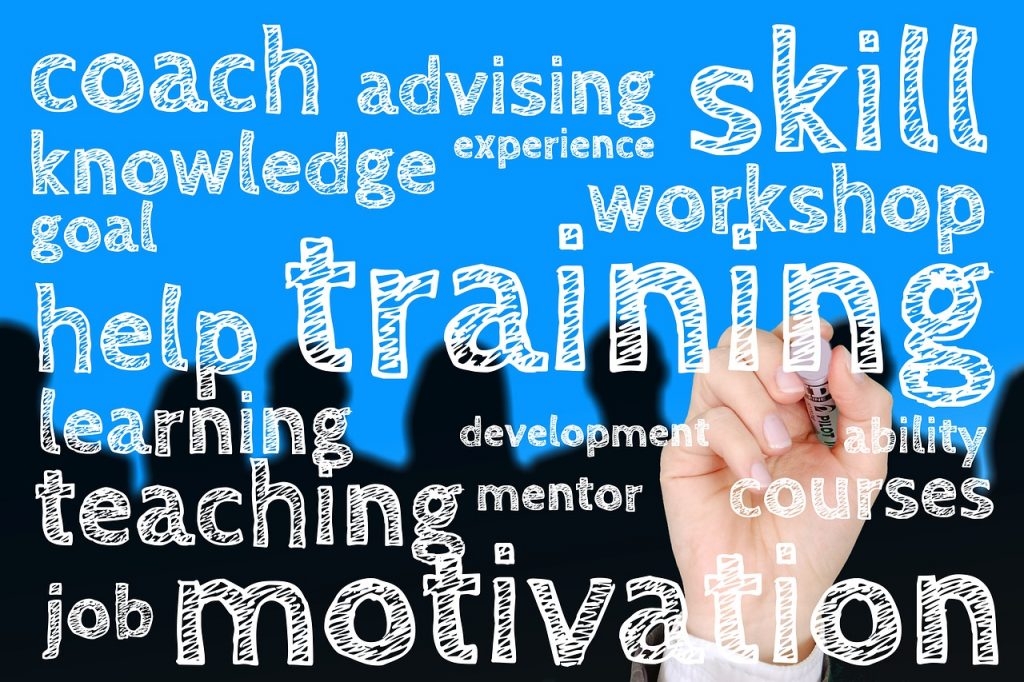Aligning Educational Curriculums with Modern Business Needs
In today’s fast-paced world, the connection between education and industry is more crucial than ever. Companies rapidly evolve, often outpacing the educational institutions supplying their workforce. Introducing specialized programs, such as a cybersecurity bootcamp, can bridge this gap effectively. This raises a significant question—how can educational curriculums be aligned with modern business needs?

The Gap Between Education and Industry
Many businesses find new graduates lacking the skills to thrive in a competitive environment. While traditional subjects remain important, there’s a growing need for specialized, industry-relevant skills that many academic programs do not currently offer. The result is a skills gap that affects both employers and job seekers.
The Importance of Industry-Relevant Skills
One of the biggest criticisms from industry leaders is that academic institutions are slow to adapt to changing market conditions. For example, while digital marketing and data analytics have become cornerstones of modern business, many students graduate with only a superficial understanding of these subjects. Companies are left to pick up the slack, investing time and resources into retraining their hires.
The Role of Soft Skills
It’s not just hard skills that matter! Soft skills like communication, problem-solving, and emotional intelligence are equally crucial. Modern businesses require employees who can work effectively in teams, manage projects, and adapt to changing situations. Educational curriculums must focus on developing these softer aspects to produce well-rounded individuals.
Strategies for Curriculum Alignment
1. Industry Partnerships
Forming business partnerships can provide educational institutions with insights into the specific skills needed in the workforce. These collaborations can lead to curriculum updates, internship opportunities, and guest lectures from industry professionals.
2. Real-World Projects
Incorporating real-world projects into the curriculum allows students to apply theoretical knowledge to practical situations. Case studies, simulations, and problem-based learning can help students understand the complexities of modern business.
3. Continuous Curriculum Review
Curriculums should be reviewed regularly to ensure they remain relevant. This involves staying updated with industry trends and incorporating employer and alumni feedback.
4. Integrating Technology
Technology plays a significant role in modern business, and educational institutions must keep pace. From coding bootcamps to the best cybersecurity bootcamp and data analytics courses, integrating technology into the curriculum is essential. Virtual labs, online courses, and interactive simulations can make learning more engaging and effective.
5. Fostering Entrepreneurship
Encouraging entrepreneurial thinking can prepare students for the dynamic nature of the modern business world. Entrepreneurship programs, startup incubators, and mentorship opportunities can equip students with the mindset and skills to innovate.
6. Focus on Lifelong Learning
The concept of lifelong learning is becoming increasingly important. Educational institutions should instill in students the importance of continuous self-improvement and provide resources for ongoing education, even after graduation.
Benefits to Students and Employers
For Students
Aligning curriculums with business needs ensures that students graduate with a relevant skill set, making them more attractive to employers. This boosts their confidence, employability, and career progression.
For Employers
Businesses benefit from a workforce that is ready to hit the ground running. This reduces training costs, improves productivity, and fosters innovation. Companies can also establish a talent pipeline, ensuring they have access to the skills they need for future growth.
Case Studies of Successful Curriculum Alignment
Northeastern University’s Co-op Program
Northeastern University in Boston has long been a pioneer in aligning education with industry needs through its Cooperative Education (co-op) program. Students alternate between academic study and full-time employment in positions related to their field. This hands-on experience helps bridge the gap between theory and practice, making graduates more job-ready.
Google’s Partnership with Universities
Google has partnered with various universities to offer Google Career Certificates. These programs cover high-demand fields like IT support, data analytics, project management, and UX design. These certificates offer students an accelerated path to job readiness by focusing on practical skills.
The Future of Education and Business
The landscape of education and business is continually evolving. Educational institutions and businesses must collaborate closely to keep up with these changes. In the future, more hybrid learning models will likely be introduced, combining traditional classroom instruction with online and experiential learning opportunities.
Artificial intelligence (AI) and machine learning (ML) will also shape curriculums. These technologies can provide personalized learning experiences, helping students master the specific skills they need for their chosen careers.
Conclusion
Aligning educational curriculums with modern business needs is not just beneficial—it’s essential. By fostering partnerships, integrating technology, and focusing on hard and soft skills, educational institutions can better prepare students for the realities of the workforce. This alignment benefits students, employers, and society, creating a more skilled, adaptable, and innovative workforce for the future.

